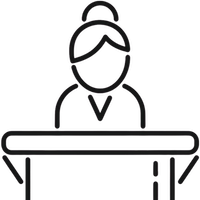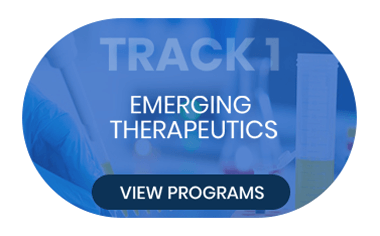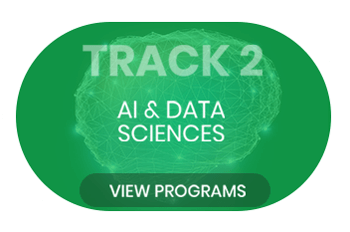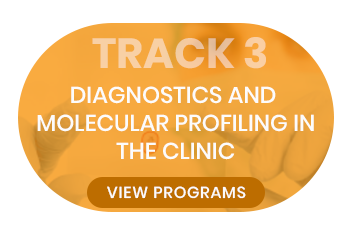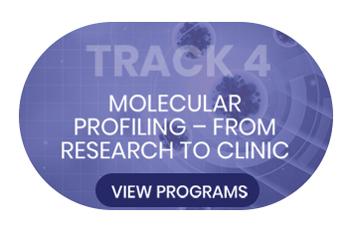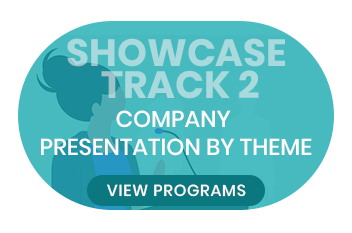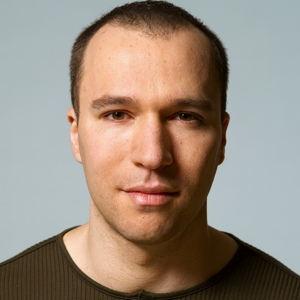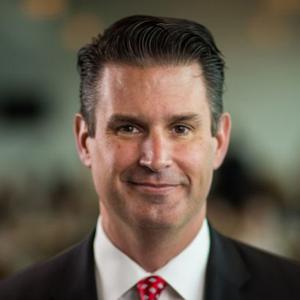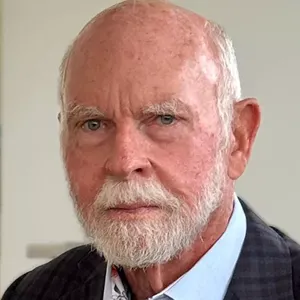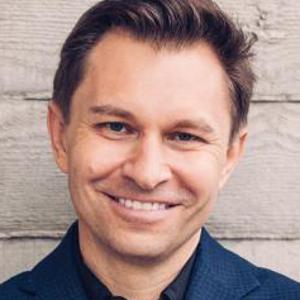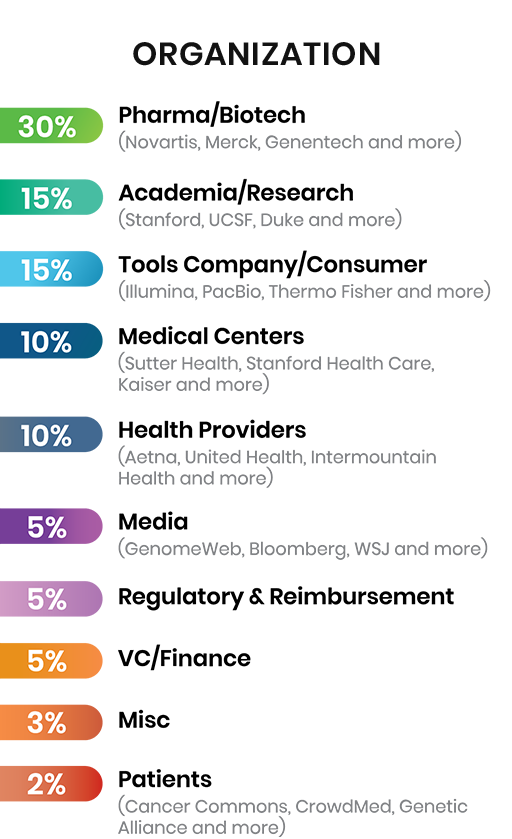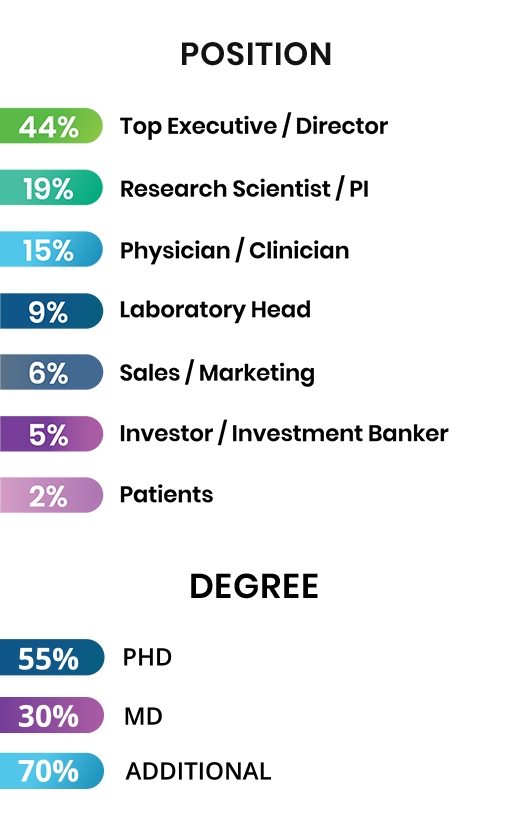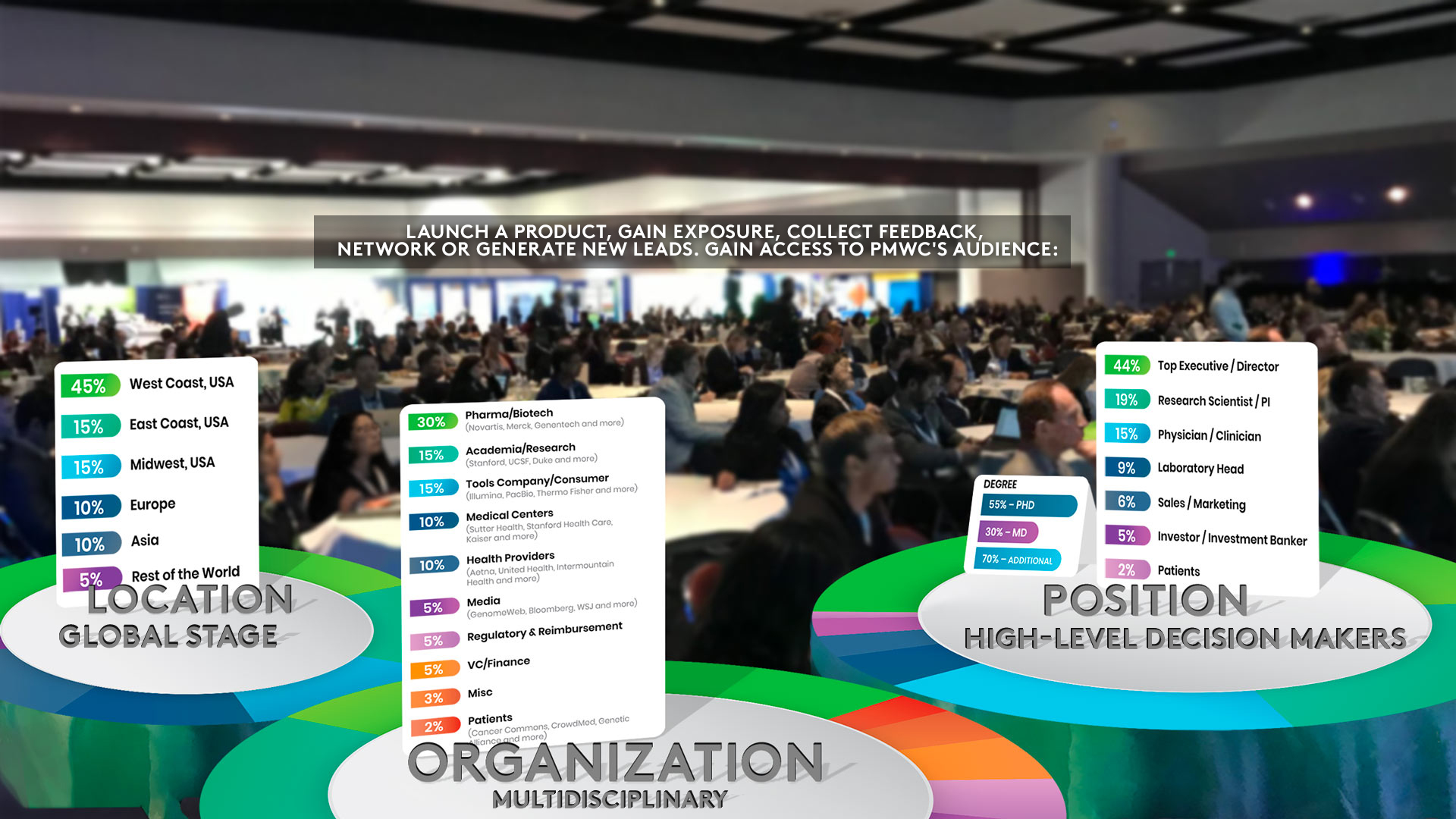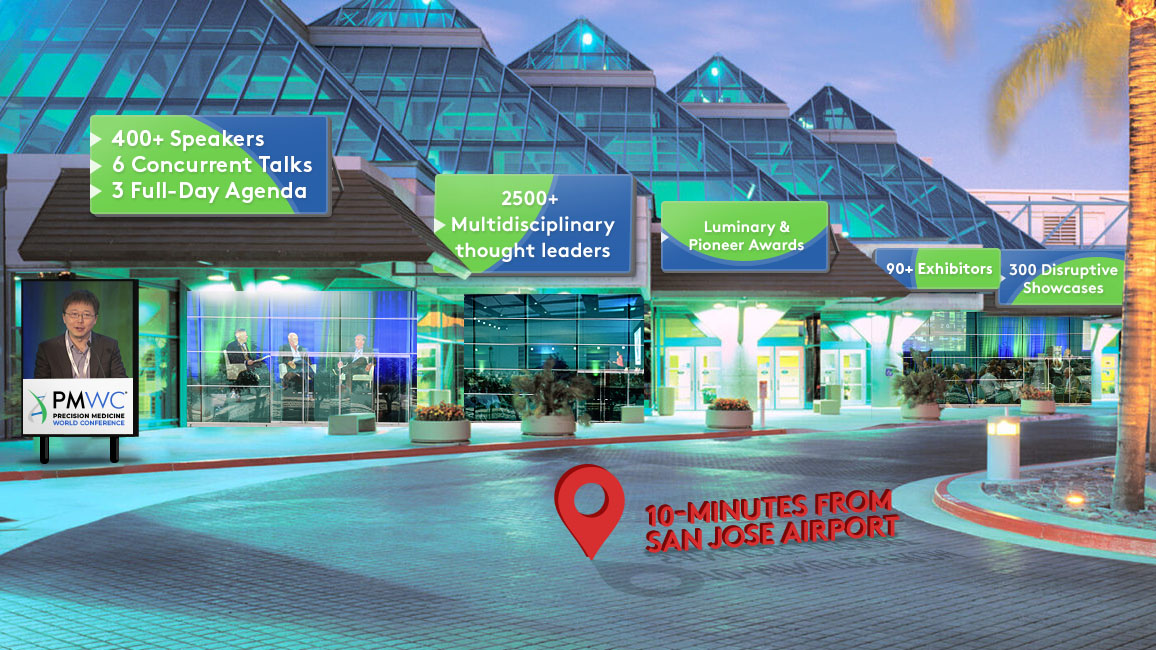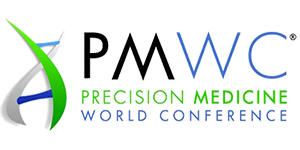
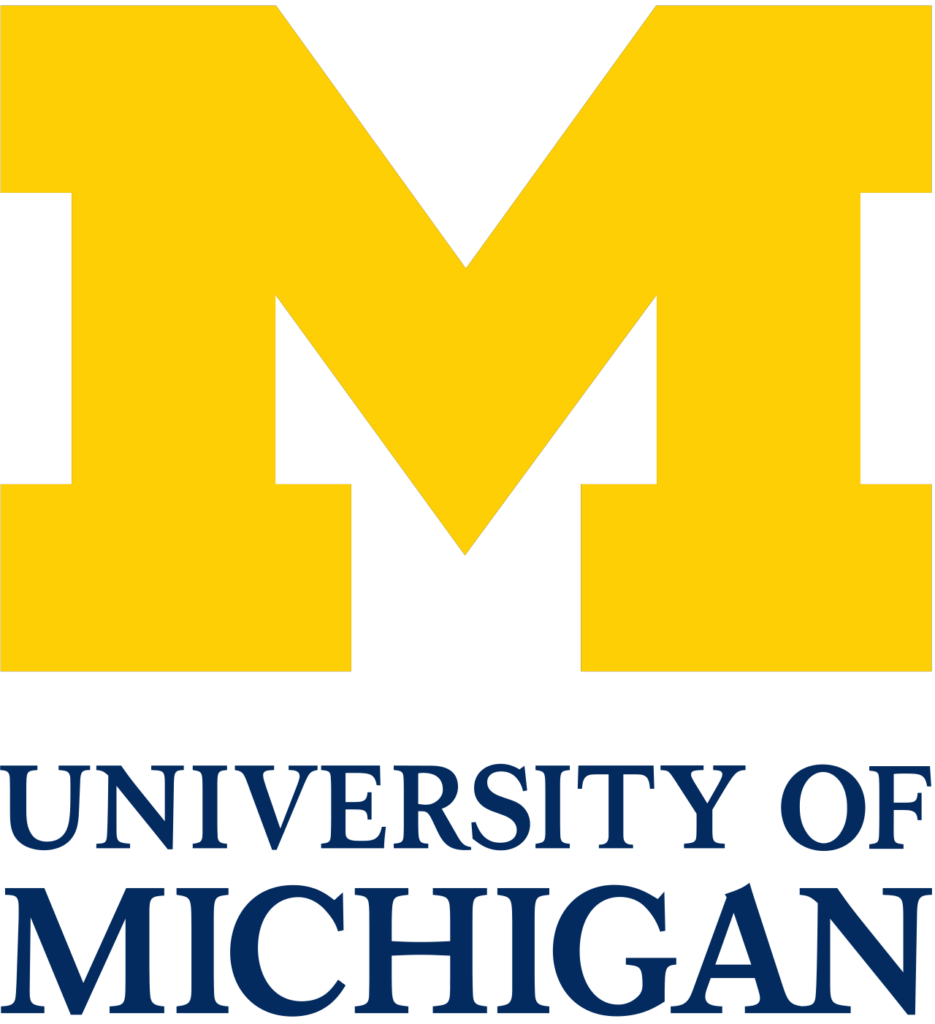


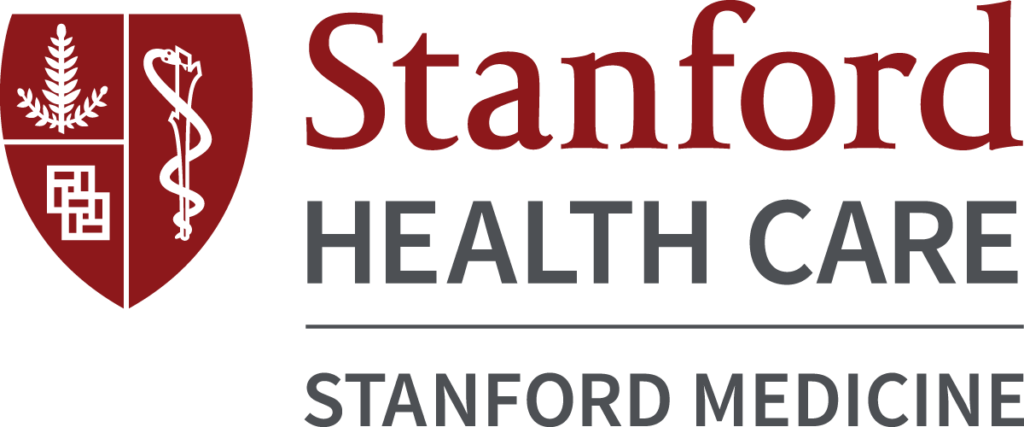
SPEAKERS / HONOREES
2026 -Select:
PMWC 2026 PIONEER HONOREE
Ranked #2 Most Influential Person in Healthcare in 2024
PMWC 2026 SPEAKER
*2025 Nobel Laureate
President & CEO of Stanford Health Care
UNEP Entrepreneurial Vision Laureate
Led the First Human Genome Sequencing
Pioneered automated DNA sequencing and systems biology
*2024 Breakthrough Prize Laureate (Life Sciences)

15-MINUTE PRESENTATIONS

AUDIENCE: UP TO 200 INVESTORS, POTENTIAL CLIENTS AND PARTNERS
Apply by !
The Foremost Precision Medicine Conference
• Gathering recognized leaders, top global researchers and medical professionals, plus innovators across healthcare and biotechnology sectors
• Showcasing latest practical content that helps close the knowledge gap among different sectors
• Promoting cross-functional fertilization & collaboration to accelerate Precision Medicine
• Main Tracks and Showcases (6 Total) that provide a mix of established and upcoming perspectives
• Luminary and Pioneer Award Ceremony honoring those who transform healthcare by advancing precision medicine in the clinic
PMWC provides a valuable insight for physicians and others who may be wondering how close we are getting to realizing the arrival of personalized medicine. The conferences are helpful in understanding where and how the envelope is being pushed.
Peter Paul Yu, MD, FACP, FASCO, Immediate Past President, ASCO
PMWC has proven, time and time again, that it attracts thought-leaders from all the relevant fields and catalyzes crucial collaboration through inspiring and practical program content. This is the Conference for entrepreneurs to meet payors, and for researchers to connect with service providers and for clinicians to hear from leading providers.
Lee Hood, PhD, MD, President, Institute for Systems Biology

DAYS

ATTENDEES (35 COUNTRIES)

EXHIBITORS

PARALLEL TRACKS
REGISTRATION
Tickets to PMWC - Est. 2009
Loading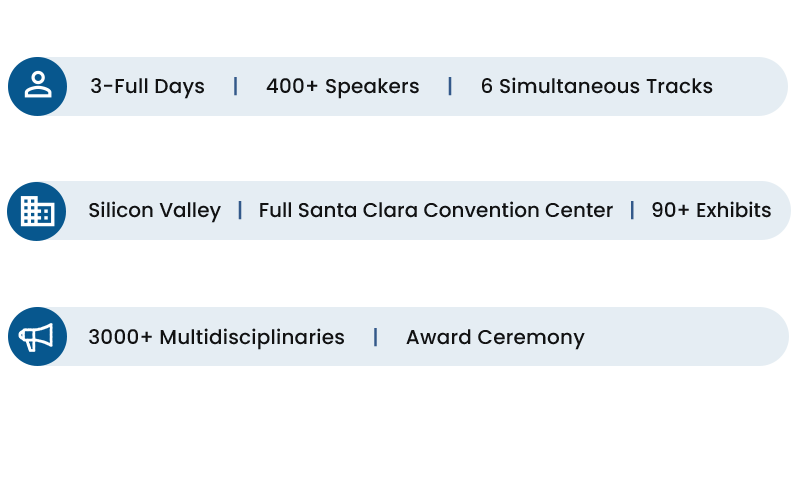

PMWC Overview
PMWC, the “Precision Medicine World Conference” is the largest & original annual conference dedicated to precision medicine. PMWC’s mission is to bring together recognized leaders, top global researchers and medical professionals, and innovators across healthcare and biotechnology sectors to showcase practical content that helps close the knowledge gap between different sectors, thereby catalyzing cross-functional fertilization & collaboration in an effort to accelerate the development and spread of precision medicine.
Since 2009, recognized as a vital cornerstone for all constituents of the health care and biotechnology community, PMWC provides an exceptional forum for the exchange of information about the latest advances in technology (e.g. DNA sequencing technology), in clinical implementation (e.g. cancer and beyond), research, and in all aspects related to the regulatory and reimbursement sectors.
Testimonials
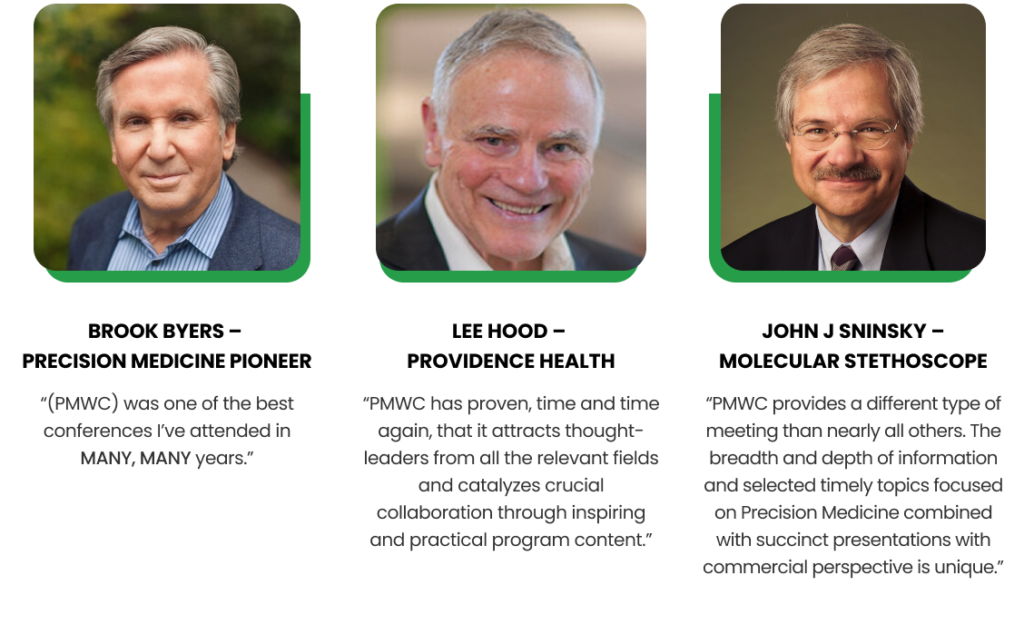
Format
The conference format consists of five parallel talks spanning 3 full days. Main Tracks 1-4 include sessions by leaders in the commercial, pharmaceutical, academic, government, regulatory, venture capital, and non-profit arenas that deliver a broad and up-to-date array of content across the various facets of precision medicine. Session discussions focus on time-relevant aspects with a selected set of key stakeholders, while commercial sessions cover the latest developments in technologies that are instrumental for the success of further adoption of precision medicine.
Additional 2 Tracks, feature Showcases: companies and research institutions can promote their platforms, launch products, and share research developments to a targeted audience – Apply.
For over a decade, PMWC has recognized individuals who have played a significant role in transforming health care by advancing precision medicine in the clinic with the Luminary and Pioneer Awards. The honorees’ numerous technological and scientific contributions have expedited this transformation as demonstrated by the clinical adoption of precision medicine, and the ongoing introductions of novel clinical applications. For a deeper look into the fascinating achievements of our past awardees see the awards page.
Receive the latest news about the field of precision medicine and the conference from Tal Behar, PMWC’s President:
Founder and Chair, European Liquid Biopsy Society (ELBS)
Director, Institute of Tumor Biology, University Medical Center Hamburg-Eppendorf (UKE)
- Emerging liquid biopsy approaches—such as cfDNA methylation profiling, fragmentomics, and AI-driven analyses—are often described as game-changers for early cancer detection. Which of these innovations do you believe holds the most promise for improving cancer screening, and what challenges must be overcome to translate them into routine clinical practice?
RE: I believe that a combination of these liquid biopsy approaches holds most promise for improving cancer screening and would also include non-ctDNA biomarkers such as circulating extracellular vesicles, proteins, metabolites, RNAs and tumor cells. Such a composite biomarker panel is currently evaluated for early pancreatic cancer screening in the EU Horizon consortium PANCAID (https://pancaid-project.eu; Lead-PI: K. Pantel). Challenges that must be overcome include optimization of pre-analytical variables (e.g., each biomarker may have different optimal conditions for blood tubes), availability of biobanks from patients with pre-neoplastic or early-stage disease with long term follow up, cancer-associated aberration in non-cancer cells of ageing patients, andcost effectiveness as compared to existing screening modalities.
2. You have emphasized focusing on high-risk populations (e.g., genetically predisposed individuals or patients with chronic conditions) for liquid biopsy screening, rather than broad population-wide testing. Given the risks of overdiagnosis, how should researchers decide which cancers and patient groups to target first with early-detection liquid biopsy?
RE: Key is in my opinion the clinical need such as a tumor types that are notoriously detected at late stages and where no routine screening exists yet. For some tumor types such as pancreatic or ovarian cancer, it is obvious that most tumors are being diagnosed too late and there is at present no routinely used other modality able to detect earl-stage cancers, leading to a high mortality. Another example is lung cancer where low dose CT scans are being used in some countries for screening but the performance needs to be improved.
3. Your research suggests that liquid biopsy can detect minimal residual disease or recurrence months before traditional imaging. What implications does this early detection have for patient management—for example, could it enable low-toxicity “preventive” therapies to eliminate residual tumor cells—and what steps are needed to translate that vision into reality?
RE: Detection of minimal residual disease (MRD) has opened a new avenue for interventional clinical trials that assess which treatment is suitable to eliminate or control MRD (reviewed in Pantel & Alix-Panabieres, Nat. Rev. Clin. Oncol. 2025). These trials are needed to translate MRD diagnostic into reality. Promising data exist that de-escalation of toxic therapies such as chemotherapy in MRD-negative patients might become an option. In the EU/IHI project GUIDE.MRD (www.guidemrd-horizon.eu), we are currently assessing which ctDNA tests are best suitable for early detection of MRD and subsequent metastatic relapse in patients with colorectal, lung and pancreatic cancer. Additional assessment of the host response (e.g., tumor immunity) might be also important to predict the course of MRD towards overt metastasis.
- 29 Oct ,2025
Curtis P. Langlotz’s responses to interview questions from Tal Behar, Precision World Medicine Conference
Curtis P. Langlotz,
Professor of Radiology, Medicine, and Biomedical Data Science
Senior Associate Vice Provost for Research
Director, Center for Artificial Intelligence in Medicine & Imaging
Senior Fellow, Institute for Human-Centered Artificial Intelligence
1. If you could mandate one interoperability rule for PACS/RIS to unlock AI at scale, what is it?
I would remove the need for interoperability altogether. We have separate PACS, RIS, worklist, and reporting systems only for historical reasons. In the past, the networks, CPUs, and monitors needed for each of these tasks were different, and often required specialized equipment. We are at the point where a unified radiologist workstation can be made available everywhere as a cloud-native system. Just point your browser at the cloud, and get seamlessly integrated worklist, image display, reporting, with AI to support it all.
2. How should we measure “explainability” so clinicians trust AI triage beyond heatmaps and boxes?
AI models can be persuasive but wrong, so I like to distinguish trust, which is sometimes misplaced, from trustworthiness. There are many ways to generate trustworthiness: randomized clinical trials showing that implementing the system produces better patient outcomes, rigorous governance processes to ensure that implemented systems perform well in a new setting, systems that accurately explain their conclusions, and systems that express well-calibrated measures of confidence.
3. In the past, you have said that AI won’t replace radiologists, but radiologists who use AI will replace radiologists who don’t. Do you still believe that is true?
Yes, I do, because I believe that human and machine intelligence are different and complementary. There have been some recent studies in which AI alone surpassed AI plus the physician–a study of difficult differential diagnosis and a similar study in radiology diagnosis. These results often are due to suboptimal collaboration between AI and humans. We have so much to learn about how AI and humans should interact.Some radiology AI applications, such as report drafting, will improve our efficiency thereby reducing the need for radiologists. But any reduction will be overwhelmed by the continuing increase in study volumes. Radiologists will embrace these AI-generated efficiencies to reduce burnout–no radiologist will be displaced by these technologies.
- 20 Oct ,2025
Levi Garraway’s responses to interview questions from Tal Behar, Precision World Medicine Conference
1. IO focus: If you could green-light one immuno-oncology combination for a definitive Phase 3 in 2026, which patients benefit, and what one biomarker makes or breaks it?
In solid tumors, it seems as though we may be entering an era where IO/ADC combinations could have benefit across multiple indications. Therefore, I’d like to see a “next-gen” immuno-oncology asset combined with a “next-gen” ADC in (IO-responsive) solid tumors enriched for ADC target expression. Beyond that simple tissue biomarker, I would love to see our machine learning colleagues bring forth new and generalizable imaging “biomarker” algorithms – or possibly multimodal imaging/genetic algorithms – that can help discern up front who is most likely to benefit from IO-based therapy, and who is unlikely to benefit. With such information in hand, patients could increasingly be shifted to other therapeutic options or clinical trials without having to wait until formal treatment failure (oftentimes, clinical progression brings new complications which in turn limit future therapeutic choices… so pivoting early where possible could make the difference for many patients).
2. Beyond IO: Beyond CAR-T, which single modality or precision therapy will move the OS needle in solid tumors in the next 3–5 years, and what single trial readout or biomarker is your litmus test for success?
Here, I’ll call out bispecific antibodies that include an IO component – and I’ll also cheat a bit by pointing out that this modality is quickly evolving to include trispecific moieties. We’ve already seen the transformative potential of next-generation bispecific antibodies across solid tumors and hematologic malignancies. As trispecific variations emerge, this impact should only continue to grow. As much as I enjoy genetic and molecular biomarkers, what I love most is seeing deep responses on imaging; e.g., impressive “partial responses” (PRs) in solid tumors, or numerous “very good partial responses” (VGPRs) in hematologic malignancies – and of course, complete responses (CRs) in all instances. These almost always translate into meaningful progression-free survival and overall survival, and seeing those types of patient results just never gets old.
3. AI with receipts, not buzzwords:
Where is Roche already using AI/gen-AI in product development (e.g., de-novo design, trial design/patient selection via clinico-genomics, digital pathology)? What hard KPIs prove impact (hit rate ↑, cycle time ↓, success probability ↑), and what’s the next 12-month expansion?
Two things are true: (1) It is hard to find a segment of the R&D continuum that is not being augmented by AI in some way; and (2) We are still only at the very beginning of our AI journey. (So we certainly don’t have all of the receipts yet!)
Specifically in our product development organization, AI/ML approaches are starting to play a major role in improving critical decisions made throughout the process of clinical trial design and execution. This includes indication selection, defining endpoints, inclusion and exclusion criteria, optimizing patient risk stratification, enhancing the PTS of a clinical program, and monitoring of safety-related data as the trial proceeds, to name a few. Here, we leverage structured data, data from previous trials and real-world evidence (RWD), including imaging or multimodal data. This also can enable “digital twins” to serve as comparator arms in internal trials for decision-making, or even reducing the number of participants needed.
We are already starting to see evidence that AI-driven systems can reduce human error and operational risk while improving oversight. Generative AI can support the creation of essential clinical trial documents, such as protocols, statistical analysis plans (SAPs), clinical study reports (CSRs), and assist in generating statistical code for programming tasks. Finally, we expect agentic AI to enable a further transformation across product development by augmenting a wide range of workflows. Together, these ongoing efforts should markedly increase the innovativeness, efficiency, consistency, and accuracy of our late-stage R&D engine.
4. IO reality check (beyond slogans):
Which combinations or “checkpoint 2.0” strategies (e.g., PD-(L)1 + anti-VEGF, costims, cytokines, TIGIT, etc.) are showing durable, clinically meaningful benefit in solid tumors? What biomarkers (ctDNA/MRD, pCR/MPR, spatial profiling) will Roche insist on to make them stick in practice?
As a general rule, emerging IO therapies that have shown particular promise are often those that can help cytotoxic T-cells do their job even better (as opposed to those that act on other types of cells or factors in the immune microenvironment). Several bispecific antibodies and novel therapeutic combinations that have shown promise in recent clinical studies arguably are working through that mechanism. At the same time, we have to be honest: many immunotherapy hypotheses that seemed promising in the lab didn’t pan out clinically; and, conversely, there are now examples that show high clinical promise that were not necessarily predicted in preclinical studies. So, going forward we certainly do need to keep the bar high regarding specific therapeutic hypotheses, including the clinical or molecular sub-populations in whom the mechanism is most likely to work. Ultimately, however, the proof is in the clinic, which usually requires robust single-agent activity nowadays. Without good single-agent activity, it is often necessary to complete fairly large phase 2 studies before you have any real sense of efficacy, and even then, disappointments can still happen in subsequent pivotal trials
5. Where’s the puck really going?
If you had to allocate Roche R&D focus over the next 3–5 years across oncology (incl. IO), cardio-metabolic/obesity, neuroscience, and other precision areas, what moves up or down vs. five years ago—and why? What does that mean for BD/partnerships?
As a large innovative pharmaceutical company, our goal is always to “follow the science”, by which we mean fundamental discoveries that could lead to transformative medicines. In doing so, we try not to be overly biased toward one therapeutic area versus another. Having said that, oncology remains one of the largest areas of unmet need in all of human disease. We need look no farther than the waiting rooms of countless cancer centers around the globe that are crowded with patients who need care. Many of us (myself included) have witnessed the ravages of cancer within our own families or amongst our dearest friends and loved ones. While it’s clearly true that scientific advances are happening in multiple therapeutic areas at an unprecedented scale – and we will invest to bring great medicines across a range of diseases – substantial investment in oncology remains of paramount importance.
- 10 Oct ,2025


